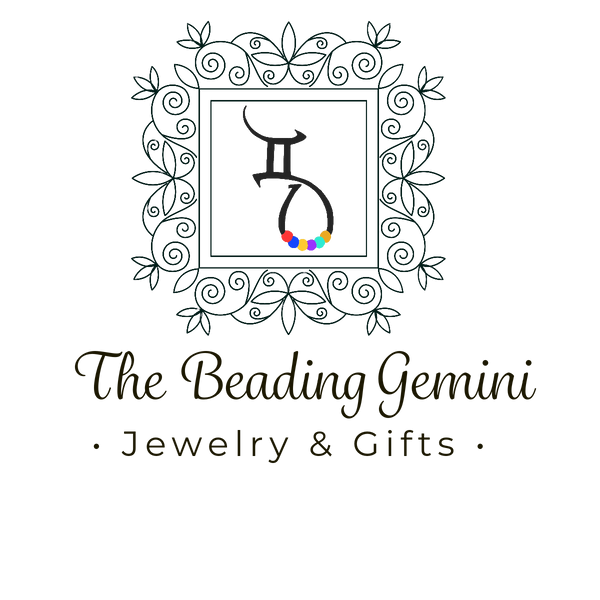
April’s Birthstone Diamond
Like the song says, “Diamonds are a girl’s best friend,” so all you April birthday girls are lucky indeed. The name 'diamond' was taken from the Greek word, 'adamas', meaning 'invincible', a sheer testament to its remarkable and superior hardness. A diamond is a 10 on the Mohs hardness rating, which makes this one of the hardest and most durable gemstones. The hardness of a diamond comes from the strong covalent tetrahedral bonds between its transparent crystals. Each individual carbon atom is connected to four other carbon atoms, all of which are very closely packed. This formation yields a remarkably strong three-dimensional cubic structure. Diamond's cubic crystal pattern is also completely symmetrical, which allows it to refract light in all directions at the same velocity (singularity refractive). Most diamonds form under extreme pressure and at very high temperatures, typically at depths of over 140 kilometers (about 87 miles) inside Earth's mantle. On average, a diamond’s formation occurs over a period of 1-3.3 billion years, making a diamond one of the oldest things you can touch.
It’s believed that diamonds were first gathered in India from the country’s rivers and streams. Traded as early as the fourth century BCE, diamonds were coveted by royalty and the wealthy. Later, caravans brought Indian diamonds, along with other exotic merchandise, to medieval markets in Venice. By the 1400s, diamonds were becoming fashionable accessories for Europe’s elite. The first diamond engagement ring on record was given by Archduke Maximillian of Austria to his betrothed, Mary of Burgundy, in 1477. Entrepreneur Cecil Rhodes established De Beers Consolidated Mines Limited in 1888, and by 1900 De Beers controlled an estimated 90 percent of the world’s production of rough diamonds. The largest diamond ever found – at 3,106 ct (621 grams) – was recovered from South Africa’s Premier mine in 1905.
Besides making jewelry, diamonds are important in the industrial sector. Due to the high level of strength on the Mohs scale of hardness, at 10, companies use diamonds to do different things. It’s used in drilling, polishing other metals, and cutting.
As with other gemstones, diamonds come in all colors but when purchasing a gem remember your 5 c’s: cut, color, clarity, carat weight & certification. With the popularity of diamonds, this makes diamonds one of the most expensive birthstones. It is this higher cost that lead to “alternative” stones also being used for the month of April. The two most popular alternates are White Topaz and Clear Quartz which allow for a more affordable option when buying an April birthstone.
Because of its hardness, diamonds are usually durable enough to be placed in an ultrasonic cleaner. However, if your diamond birthstone has many inclusions or has been treated, it is best to clean it with a lint-free cloth, or use warm water, mild soap, and a soft toothbrush or a commercial jewelry cleaning solution. Also, have your diamond birthstone jewelry periodically cleaned and its setting examined by a professional jeweler to maintain its beauty and integrity over time.
